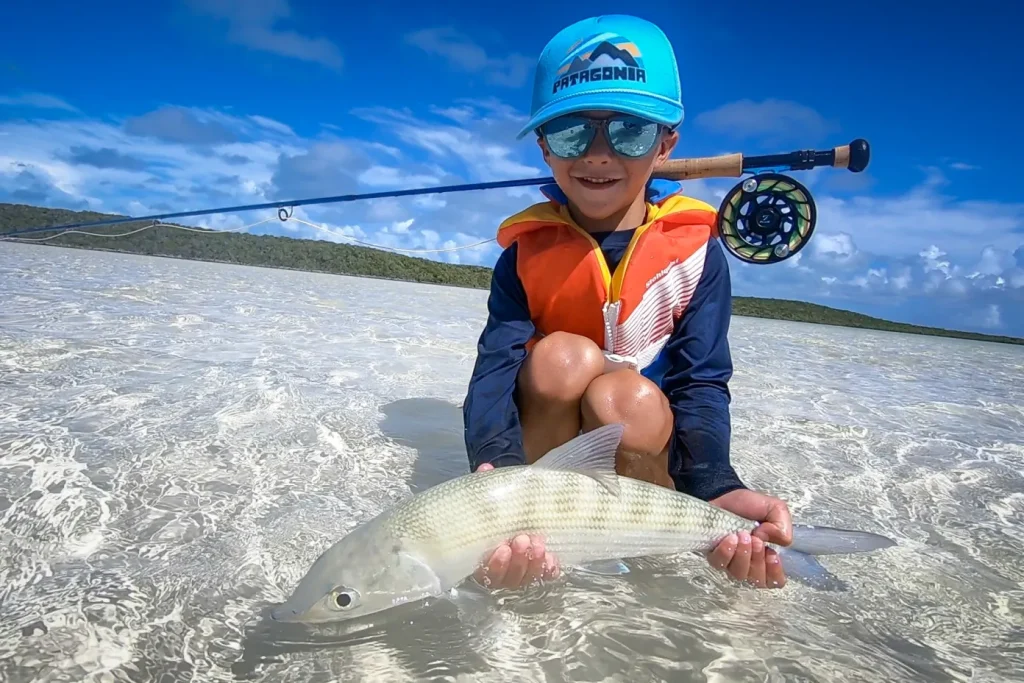Saltwater Fly Fishing Tips for Beginners and Experienced Anglers

If you’re drawn to the thrill of powerful fish, the vast beauty of the ocean, and the challenge of mastering new techniques, Saltwater fly fishing offers an unmatched angling experience. This sport demands more than just basic casting skills—it requires an understanding of tides, species behavior, specialized gear, and precise presentation. Whether you’re stepping into saltwater for the first time or you’re a seasoned fly fisher aiming to refine your skills, these tips will help you succeed and make the most of every trip.
Understanding Saltwater Fly Fishing Basics
Before you start casting into the surf or from a flats boat, it’s essential to understand how saltwater fly fishing differs from freshwater. The fish are often larger, stronger, and faster, requiring heavier gear and stronger lines. Saltwater environments can be harsh on equipment, making durability and maintenance critical.
Key Differences from Freshwater Fly Fishing
Saltwater species like bonefish, tarpon, and redfish demand more power in your cast. Wind conditions are often stronger, so you’ll need to adapt your casting technique for accuracy and distance. Additionally, saltwater’s corrosive nature means regular cleaning and gear care are mandatory.
Choosing the Right Gear for Saltwater Fly Fishing
Your gear can make or break your experience. For saltwater, every component—from rod and reel to line and leader—must be designed to handle the demands of the environment.
Saltwater Fly Rods
Choose a rod with a fast action and enough backbone to handle large fish. For most inshore species, an 8–10 weight rod is ideal. If you’re targeting larger species like tarpon, a 10–12 weight rod offers more lifting power.
Saltwater Reels
A sealed drag system is a must for resisting corrosion and withstanding the pressure of long, fast runs from powerful fish. Look for reels with large arbor designs for quicker line retrieval.
Fly Lines and Leaders
Use weight-forward floating lines for most flats fishing situations and intermediate or sinking lines for deeper water. Leaders should be abrasion-resistant, typically 9–12 feet long, with a strong tippet to withstand sharp gill plates or teeth.
Mastering the Cast in Saltwater Conditions
Casting in saltwater often requires longer distances and greater accuracy. Wind and moving fish demand a quick, efficient casting style.
Practice for Distance and Accuracy
Aim to comfortably cast 40–60 feet with tight loops. Practice double hauling to increase line speed and combat wind resistance.
Adjusting for Wind
In strong winds, lower your backcast and forward cast trajectory. Casting sidearm can also help keep the line low and out of the wind.
Understanding Saltwater Species and Their Habits
Each target species behaves differently, and understanding these patterns will dramatically improve your chances of success.
Popular Saltwater Fly Fishing Targets
- Bonefish: Found on shallow flats, often in clear water.
- Tarpon: Known for their size and acrobatics, found in deeper flats and channels.
- Redfish: Common in marshes and shallow flats, feeding aggressively in shallow water.
- Striped Bass: Found along coastal shorelines and estuaries.
Reading the Water
Learn to identify signs of feeding fish—such as nervous water, baitfish schools, and subtle surface disturbances. Position yourself so the fly reaches the fish without spooking them.
Timing and Location for Success
Saltwater fishing success is often about being in the right place at the right time.
Tides and Currents
Tides dictate fish movement. Many species feed actively during moving water, whether on an incoming or outgoing tide. Learn the local tide charts for your target area.
Seasonal Patterns
Species availability changes with the seasons. Plan trips around migration patterns for your target fish, such as tarpon in late spring and early summer.
Fly Selection for Saltwater Fly Fishing
Saltwater flies are designed to mimic baitfish, crabs, and shrimp—the primary food sources for most species.
Essential Fly Patterns
- Clouser Minnow: Versatile and effective for many species.
- Gotcha: A favorite for bonefish.
- Tarpon Toad: Perfect for large tarpon.
- Shrimp Imitations: Great for redfish and permit.
Matching the Hatch
Observe the size, shape, and color of the prey in the area. Adjust your fly patterns accordingly to increase your chances of a strike.
Handling Fish Responsibly
Responsible fishing ensures the sustainability of saltwater species. Use barbless hooks when possible, minimize handling, and release fish quickly to reduce stress.
Maintaining Your Saltwater Gear
Saltwater is tough on gear, and neglect can lead to costly replacements.
- Rinse rods, reels, and lines thoroughly with fresh water after each trip.
- Lubricate moving parts regularly.
- Inspect lines and leaders for wear before every outing.
Advanced Saltwater Fly Fishing Strategies
For experienced anglers, refining small details can yield significant improvements.
Sight Fishing
Learn to spot fish before casting. This skill comes with experience and involves scanning the water for movement, shadows, or flashes of silver.
Stealth and Presentation
Approach feeding fish quietly. Your fly should land softly and mimic natural prey movement to avoid spooking them.
Common Mistakes to Avoid
- Overcasting to fish that are too far away instead of positioning closer.
- Ignoring wind direction when positioning your cast.
- Using freshwater gear that isn’t designed for saltwater conditions.
Final Thoughts
Saltwater fly fishing offers one of the most exhilarating and rewarding challenges in angling. By understanding your target species, mastering your casting technique, choosing the right gear, and respecting the environment, you’ll set yourself up for success whether you’re fishing tropical flats or rugged coastal waters. Every trip is an opportunity to learn, improve, and create unforgettable experiences. So pack your gear, watch the tides, and get ready to make your next cast count.




